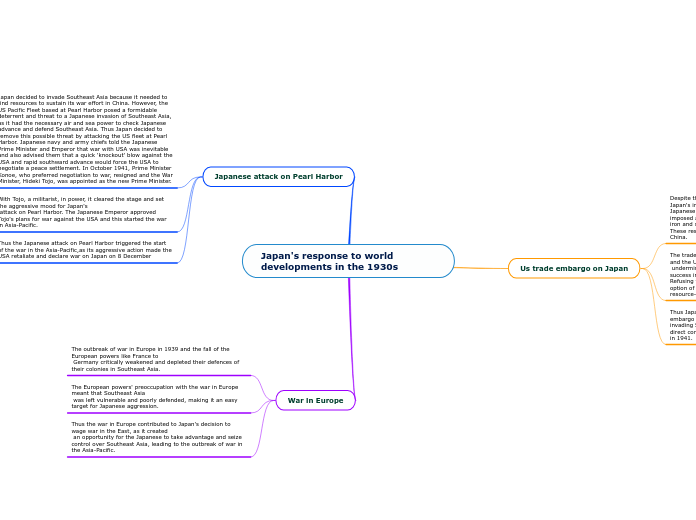von Akshob Ram kumar (Springfields) Vor 4 Jahren
274
Japan's response to world developments in the 1930s

von Akshob Ram kumar (Springfields) Vor 4 Jahren
274

Mehr dazu